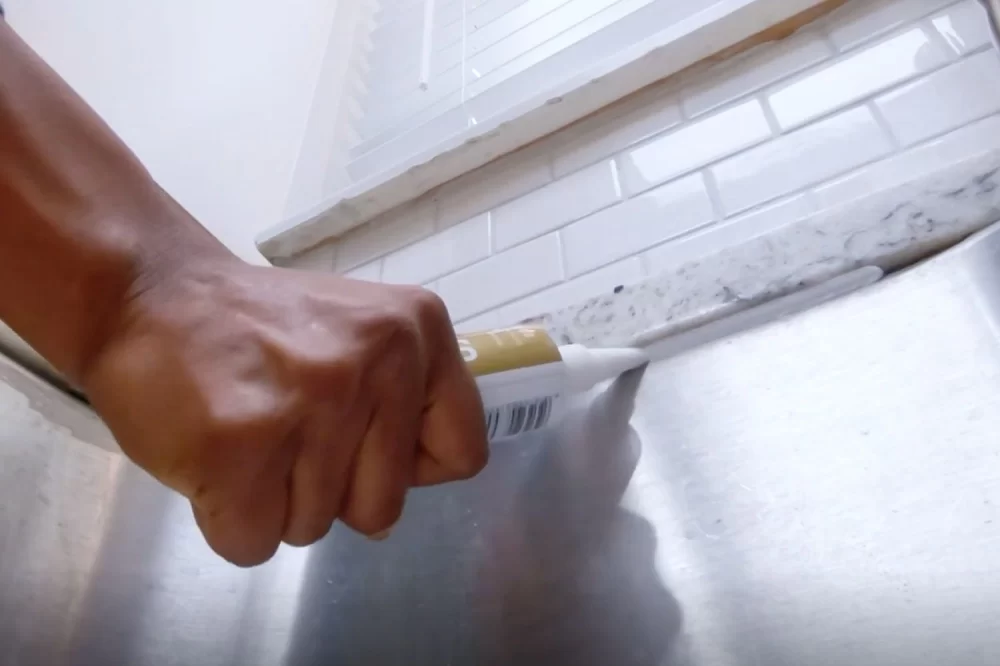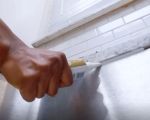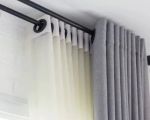
- Understanding the Role of Caulk in Home Repairs
- Essential Factors to Consider When Choosing Caulk
- Detailed Exploration of Common Caulk Types
- Real-Life Examples Showing the Impact of Selecting the Right Caulk
- Where to Find Quality Caulk and Professional Advice
1. Understanding the Role of Caulk in Home Repairs
Caulk is an essential material for maintaining and improving the durability and aesthetics of your home. It serves as a flexible sealant that fills gaps, cracks, and joints, preventing water, air, and insects from entering. Whether sealing windows, doors, plumbing fixtures, or cracks in walls, caulking is a simple yet highly effective home repair technique.
Many homeowners underestimate the importance of using the right caulk, which can lead to premature failure, water damage, or inefficient insulation. A well-chosen caulk ensures longevity and protection while improving energy efficiency. Understanding how to select the right caulk for home repairs can save you time, money, and frustration in the long run.
1.1 Why Proper Caulk Selection Matters
The variety of caulking products on the market can be overwhelming. Each type is formulated for different materials and conditions. For example, caulk designed for exterior use must withstand weather extremes, while bathroom caulk requires excellent mold resistance. Choosing the wrong product risks cracking, peeling, or failing to seal effectively.
1.2 Common Applications of Caulk in Homes
Typical caulking jobs include sealing around windows and doors to prevent drafts, filling gaps in baseboards, repairing cracks in drywall, and sealing plumbing fixtures to avoid leaks. Knowing the exact purpose of your repair will guide you toward the most suitable caulk.
2. Essential Factors to Consider When Choosing Caulk
Before heading to the store, consider several key factors that influence the performance and durability of your caulking job:
2.1 Material Compatibility
Caulk must adhere properly to the materials you’re sealing. Some caulks work well on wood, others on metal, glass, or masonry. For example, silicone caulk bonds excellently to non-porous surfaces like glass and tile, while acrylic latex caulk is better for painted wood.
2.2 Flexibility and Durability
Areas subject to movement or temperature changes require flexible caulk to avoid cracking. Exterior joints, for instance, need caulk that remains elastic over time despite weather exposure.
2.3 Water and Mold Resistance
For bathrooms, kitchens, or exterior areas exposed to moisture, selecting mold-resistant and waterproof caulk is critical to prevent damage and maintain hygiene.
2.4 Paintability and Appearance
If aesthetics matter, consider whether the caulk can be painted over or comes in colors matching your surfaces. Acrylic latex caulks usually offer easy paintability, while pure silicone caulks do not.
3. Detailed Exploration of Common Caulk Types
Understanding the characteristics of different caulk types is key to making an informed choice:
3.1 Acrylic Latex Caulk
This user-friendly caulk is ideal for interior applications like sealing trim or baseboards. It is easy to apply, cleans up with water, and can be painted over. However, it is less flexible and less durable outdoors.
3.2 Silicone Caulk
Highly flexible and waterproof, silicone caulk excels in areas exposed to water such as bathrooms, kitchens, and exterior joints. It resists mold and mildew but is not paintable, which can limit its use in some decorative applications.
3.3 Polyurethane Caulk
Polyurethane offers excellent adhesion and durability, especially for exterior repairs on wood, concrete, and metal. It’s paintable and flexible but requires solvents for cleanup, making application more challenging.
3.4 Butyl Rubber Caulk
Known for excellent adhesion and weather resistance, butyl rubber caulk is often used on gutters, roofs, and masonry. Its longer curing time and strong odor can be drawbacks for indoor use.
4. Real-Life Examples Showing the Impact of Selecting the Right Caulk
A homeowner once shared a cautionary tale about sealing bathroom tiles with an acrylic latex caulk that wasn’t mold-resistant. Within months, black mold developed, causing costly rework and health concerns. Switching to a high-quality silicone caulk designed for wet areas resolved the issue permanently.
On the other hand, a DIY enthusiast saved a substantial amount of money and time by choosing a paintable acrylic latex caulk to seal window frames before repainting, ensuring a seamless finish that enhanced curb appeal and improved insulation.
These stories highlight how understanding the unique properties of caulk types and matching them to the repair environment leads to superior, long-lasting results.
5. Where to Find Quality Caulk and Professional Advice
Choosing the right caulk for your home repairs doesn’t have to be confusing. ToolNest offers a carefully curated selection of high-quality caulking products suited for a variety of needs. Their expert recommendations and detailed product descriptions help you make confident decisions tailored to your project’s demands.
Beyond products, ToolNest connects you with skilled professionals and services that can provide guidance or even handle complex repairs. Whether you’re a first-time user or a seasoned DIYer, the right tools and support can turn any caulking job into a smooth, successful experience.









